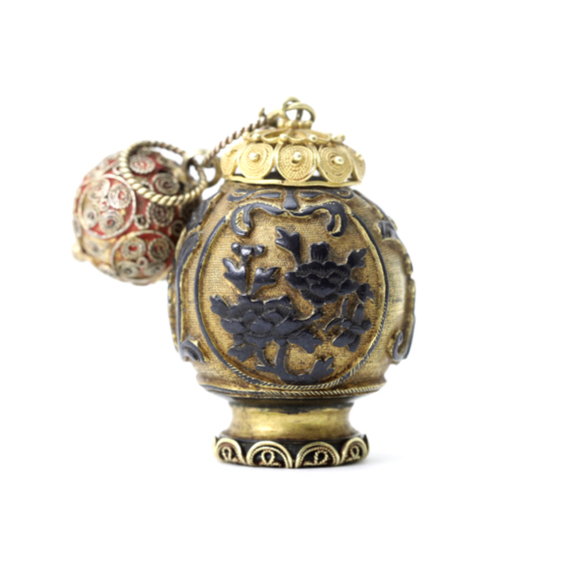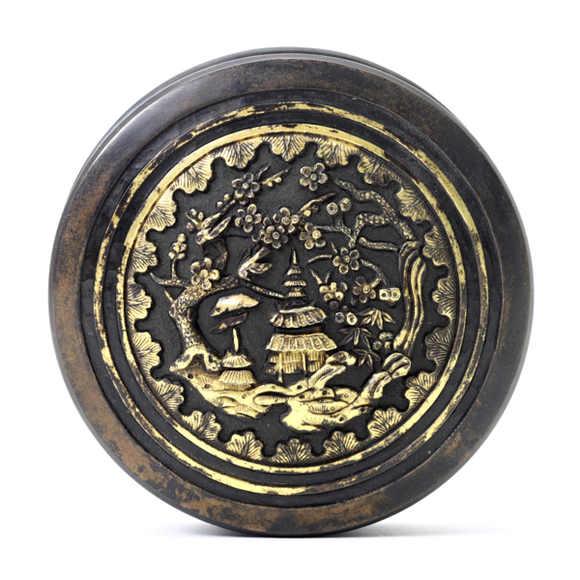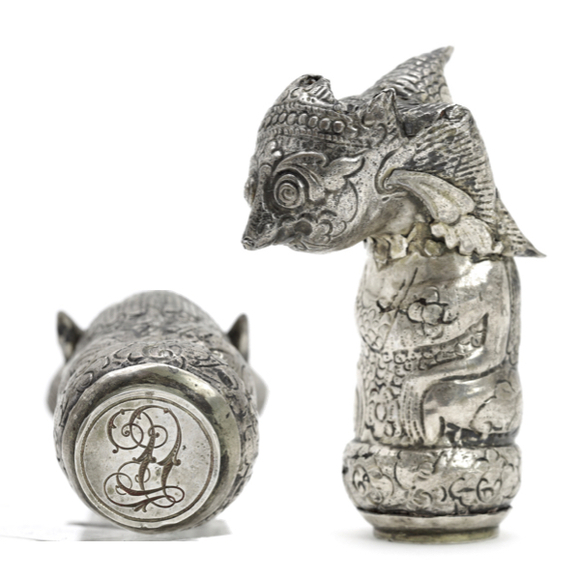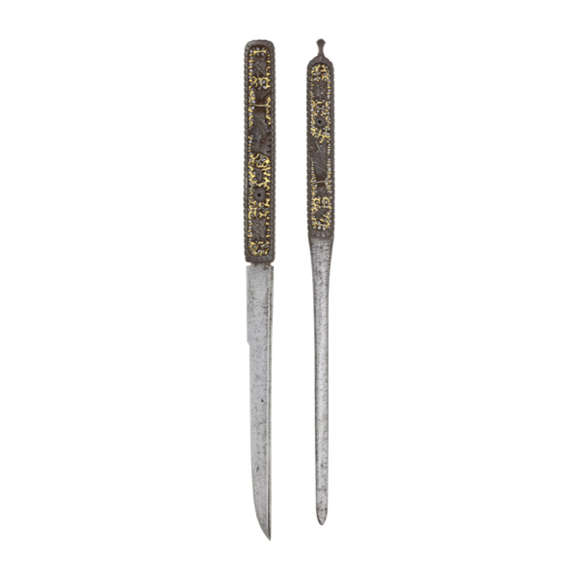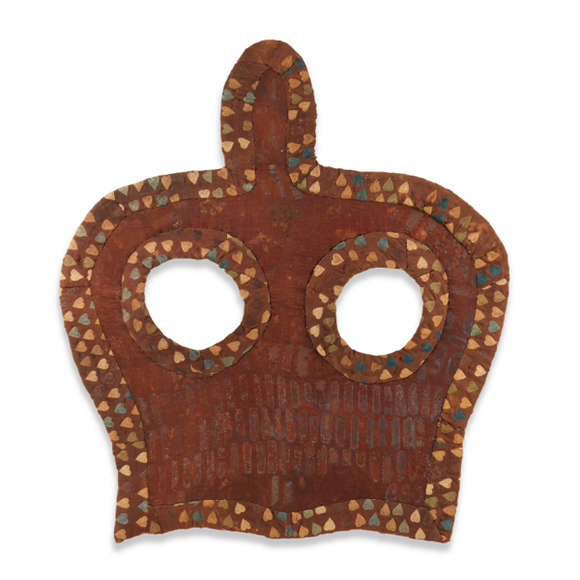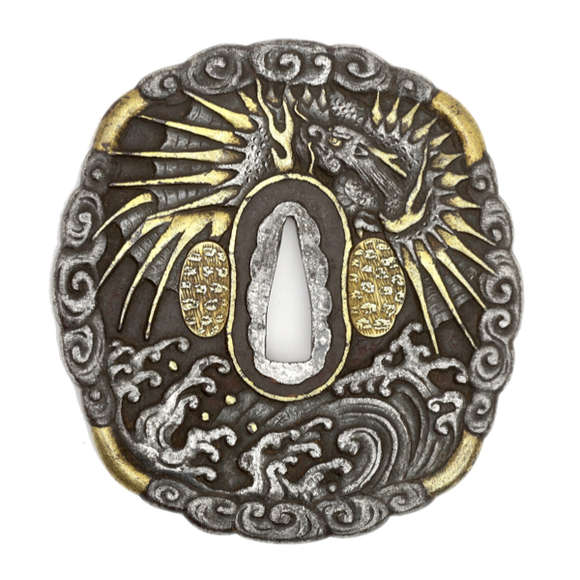Upgraded with filigree to resemble a snuff bottle.

18.4 x 13 x 9 cm
742 grams
Tortoise shell, silver, copper
Probably Batavia
Indonesia
Circa 1750
From a Dutch collection
Introduction
Betel or sirih chewing was a mild narcotic, comparable to tobacco chewing. It was an essential part of Indonesian hospitality, where visitors were offered sirih and the chewing together served as a social lubricant. Sumptuous sirih boxes also made great presents.
The Dutch were quick to recognize its social importance and adopted it in order to smoothen relations with the locals. They commissioned fine quality betel sets that are a mix of local workmanship and Dutch aesthetics.
Sirih boxes became very popular household items and there was significant competition as to who had the finest betel box. This went to such extent that the VOC headquarters in Amsterdam started to restrain it. Their sumptuary code called Maatregelen tegen Pracht and Praal or freely translated "Measures against Ostentatiousness and Splendor" stipulated that only wives and widows of the highest ranking VOC officials could have sirih boxes decorated with gold or silver inlaid with gemstones.1
Notes
1. Jan van Veenendaal; Asian Art and Dutch Taste. Waanders, Zwolle. Pages 118-121.

Methods for preparing sirih. Jan Brandes, 1783.
Rijksmuseum accession number NG-1985-7-1-127.

Batavian evening gathering, Jan Brandes, between 1779-1785.
Men are drinking and smoking pipes on the left.
On the right women and a servant with a sirih box.
Description
An 18th-century Dutch colonial sirih box. Unmarked but probably made in Batavia, Indonesia, then the capital of the Dutch VOC in Asia.
It is made of tortoiseshell with silver mounts. The lock is functional and retains its key. Inside are four containers, three made entirely of silver and one with a copper lid that was silver plated. It also retains its tortoiseshell divider. It stands on four silver ball feet, similar to those seen on Dutch furniture of the period.
The key and the lime scoop are both decorated with little naga heads.

CITES
The box is made of tortoiseshell, CITES appendix I. It comes with an appraisal stating that the box dates from the 18th century and thus predates the CITES convention. It can only be sold within Europe.
Condition
In fairly good state for age. There is some scuffing and minor damage to some of the silver mounts. The inside divider is present but loose. The lock is working. One of the domes on the lid is made of suassa instead of silver, and is probably a working life replacement.















Sawasa is metalware in black and gold made primarily for the Dutch expat community in Asia.
The only set of its type known to me in both private and museum collections.
Silk horse mask from the Xianbei ruled dynasty which ruled northern China from 386 to 534 A.D.

